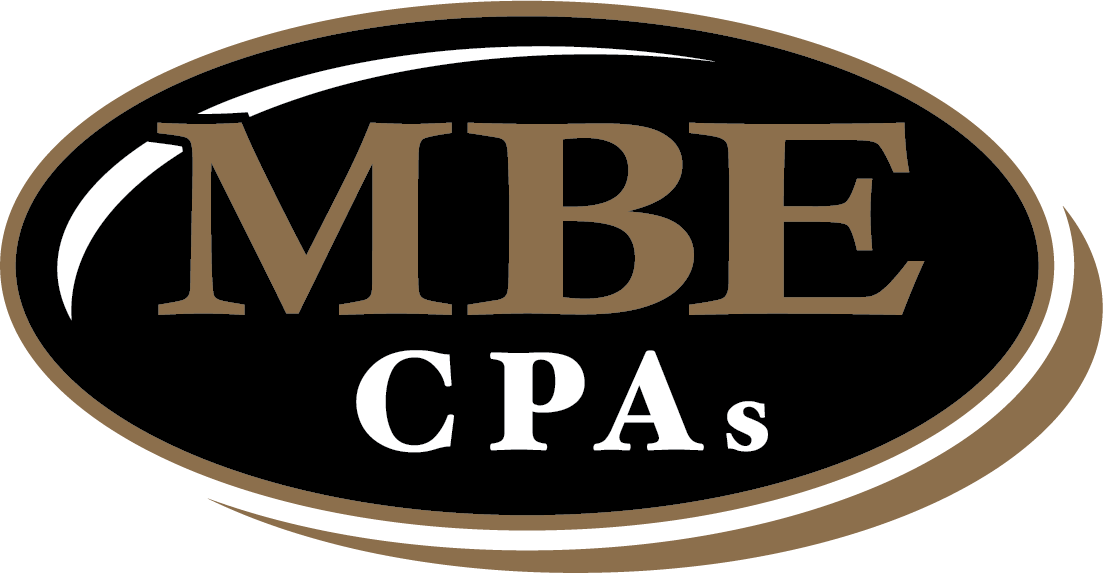Preparing Your Business for IRS Tax E-Filing

We’ve only just entered July – still, quite a long way to go before 2024. However, now is the perfect time to start considering the changes needed to prepare for the mandatory electronic filing of 2023 returns. This significant shift in the tax filing process will implemented beginning January 1, 2024, so it’s more crucial than ever to stay informed and act accordingly. Taking the first step today to prepare for such changes can save you time, money, and energy in the long run. This blog provides valuable insights into the final regulations on electronic filing, the benefits of e-filing, and a step-by-step guide to help your business adapt to the new requirements.
Key Features of the Final Regulations on Electronic Filing
The Internal Revenue Service (IRS) and the Department of Treasury issued the final amendments to the rules of electronic filing of returns and other documents. These amended regulations significantly expand the coverage, making it highly likely to include your business. Here are some key takeaways to keep in mind:

- Reduced Threshold: The 250-return threshold has been significantly reduced. The final regulations now mandate electronic filing for filers with ten or more returns in a calendar year. Additionally, the rules introduce several new requirements for e-filing certain returns and documents previously exempted from e-filing requirements.
- Combined Information Returns: Filers must now combine almost all types of information returns covered by the regulations to determine if the 10-return threshold has been met and if e-filing is required. Previously, the 250-return threshold was applied separately to each type of covered information return.
- Elimination of Exception: The e-filing exception for income tax returns of corporations reporting total assets under $10 million at the end of their taxable year has been eliminated.
- Partnership Requirements: Partnerships with over 100 partners must e-file their information returns. Partnerships that are required to file at least ten returns of any type during the calendar year must e-file their partnership returns.
Benefits of E-Filing of Tax Returns

Rather than being an added burden, electronic filing presents several benefits for your business:
- Improved Accuracy: Electronic filing reduces the risk of errors commonly associated with traditional paper-based filing.
- Faster Processing: E-filing is faster than paper-based filing, as the IRS can process electronic returns more quickly.
- Reduced Risk of Fraud: The IRS can identify suspicious activity more easily through electronic filing.
- Avoiding Penalties and Fines: Failure to comply with the new electronic filing requirement can result in penalties and fines.
Guide to Adapting to the New IRS Electronic Filing Requirement for Businesses
If you’re like most business owners, staying up-to-date with the latest electronic filing requirements probably doesn’t rank high on your list of priorities. That is until you’re faced with the possibility of noncompliance penalties or lost revenue due to outdated practices.
Follow this step-by-step guide to help your business transition smoothly to electronic filing:

Step 1: Determine your eligibility and requirements for electronic filing.
Check if your business is eligible for electronic filing and understand the specific requirements for electronic filing. You can do this by visiting the IRS website or contact a tax professional.
Step 2: Choose a tax preparation software.
Choose a tax preparation software that meets your business needs. Ensure the software is compatible with your e-filing software and take time to learn how to do it effectively.
Step 3: Choose an Authorized E-Filing Service Provider or Software.
Businesses must use IRS-approved software to file their tax returns electronically to comply with the new requirements. This software will help ensure that all necessary information, such as W-2 and 1099 forms, is included in the electronic filing. Check out the IRS’ online database to find e-file service providers in your area.
Step 4: Gather All Required Information and Documents.
Gather all the necessary information required for electronic filing. This includes your business’s tax identification number, financial statements, and other relevant documents.
Step 5: Prepare and Review Your Tax Return for Accuracy.
Before submitting your tax return, double-check all the information to ensure accuracy. Any errors can result in penalties or delays in processing.
Step 6: Submit Your Tax Return Electronically to the IRS.
Once you have double-checked your tax return, submit it electronically to the IRS using an authorized e-filing software. Make sure to keep a copy of the tax return for your records.
The Bottom Line:

Switching to electronic filing may seem daunting, especially for businesses accustomed to paper returns. However, with the right resources and guidance, the transition process can be smooth. Utilize the IRS’s approved software list, avail yourself of their helpful tutorials and guides, or consult a professional for assistance. At MBE CPAs, our accounting and tax professionals are here to help you every step of the way. Don’t hesitate to get in touch with us if you have any questions. Make the move to e-filing today and ensure your business stays up-to-date with IRS regulations without risking penalties or fines. Contact MBE CPAs’ accounting and tax professionals for a seamless transition.
Our marketing affiliate and contributor, Brand House Marketing, wrote this article. Contact them for creative and custom-tailored marketing solutions for your company.
